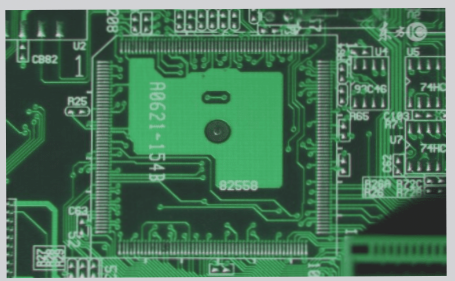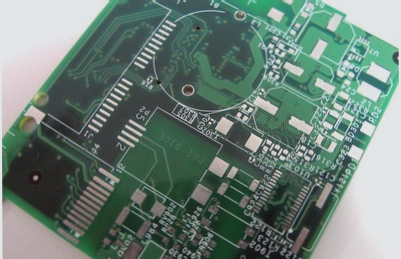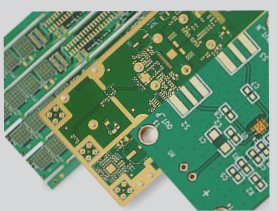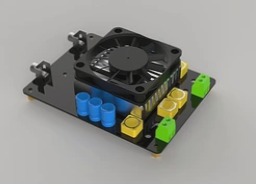Understanding Aluminum PCBs
What is Aluminum PCB?
Among various metal core PCBs, aluminum PCBs are the most prevalent. They consist of an aluminum core combined with standard FR4, featuring a thermal clad layer that effectively dissipates heat. This characteristic enhances product performance, making aluminum-backed PCBs the preferred choice for high-power and tight-tolerance applications.
Price and Performance Comparison
While FR4 PCBs are standard in the electronics industry, aluminum PCBs are more commonly used in the LED sector due to their superior heat management capabilities. This has led to aluminum PCBs being often referred to as “LED PCBs.” However, the use of more expensive metal materials in aluminum PCBs makes them generally pricier than FR4 PCBs.
Heat Management in PCB Design
Unlike traditional PCB design, where electrical performance takes precedence, aluminum PCB design requires additional focus on heat transfer. In applications like LED lighting, managing heat buildup is crucial. High-performance metal materials in aluminum PCBs help improve thermal management, surpassing the capabilities of FR4 PCBs.
Construction Comparison: Aluminum PCB vs. FR4 PCB
Aluminum PCBs typically consist of three layers, while FR4 PCBs can vary in the number of layers depending on the application. The key distinction lies in the dielectric layer, where aluminum PCBs excel in heat management due to this specialized component.
Application Scenarios
Although FR4 PCBs are more commonly used across various industries, engineers in the LED sector prefer aluminum PCBs for new projects due to their superior thermal performance. With features like an aluminum core, copper layer, and thermally conductive dielectric layer, aluminum PCBs effectively dissipate heat from components, making them a preferred choice over traditional PCBs.
Frequently Asked Questions About PCBs and PCBA
Do you have inquiries regarding PCBs or PCBA? Don’t hesitate to reach out to us.




